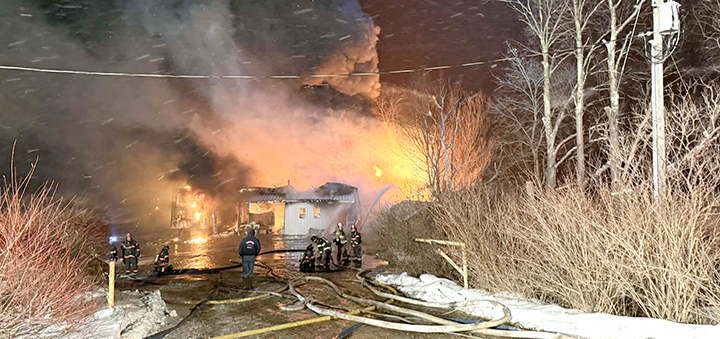Never underestimate nature’s ugly side
While the outdoor world is normally a friendly and enjoyable place to be, it can and does turn very unfriendly, much to the discomfort or endangerment of the uninformed or unprepared person(s) caught outdoors when it occurs. In the vast majority of cases, victims of such incidents have no one but themselves to blame.
The flooding of a couple months ago was a good example of nature unleashing its fury on us. The National Weather Service commenced warning those of us in the flood target areas at least two days before the monsoonal rains struck and flooding occurred. I think the vast majority of us never anticipated a flood of record proportions would be the result, but assumed it would be more like the high waters that sometimes occur during the worst late winter or early spring thaws resulting from rapid snow melt and unseasonably warm rains.








Comments